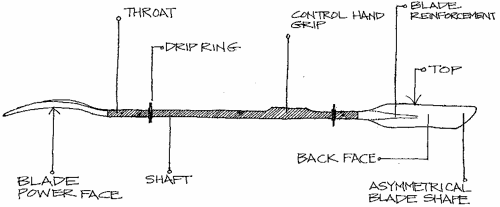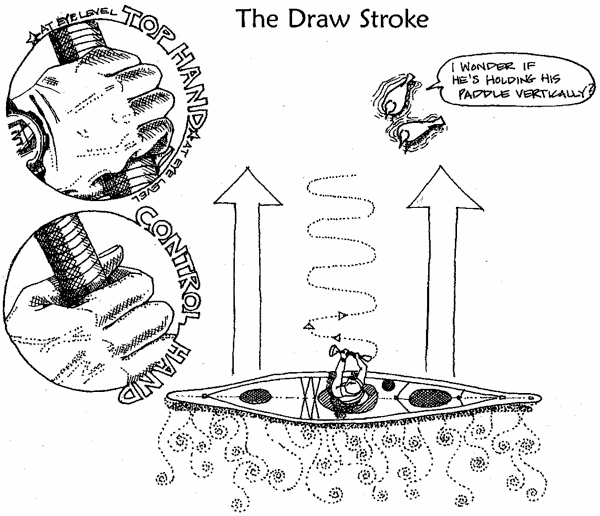What is your paddle sport of choice? Do you thrive on the camaraderie of working with a crew to navigate whitewater on a raft? Or perhaps you prefer the thrill of taking on rapids solo in a whitewater kayak. Me? I seek the (sometimes) serene and meditative qualities of gliding across quiet waters in a sea kayak. And, when it can be arranged, I highly recommend kayaking while surrounded by a dolphin pod – one of the most thrilling experiences of my life! If this sounds intriguing to you, I have some basic sea kayaking paddling techniques from the Hurricane Island Sea Kayaking Handbook that can help you make the most of your next (or first) sea kayaking trip.

Paddling Technique
All good paddle strokes have the same things in common: they move the kayak with maximum efficiency, with minimal efforts from the paddler. Using good paddling form involves understanding the basic physics of how different actions on the paddle affect the different parts of the kayak, and how to use the largest, most efficient muscles in your body to make that happen.
You might expect that paddling is primarily an arm exercise, but it isn’t. Your arms are important because they control how your hands hold your paddle, but they don’t really move the kayak. Your arm muscles are relatively small and unsuited for propulsion (even if you’re a buff weight-lifter). The long, lean muscles in your torso can do a lot more work, for a lot longer, and they are connected to the big muscles in your legs that are used to move you around anyway.
Because it seems natural at first to use your arms a lot, learning good paddling technique is difficult. Your first sign that you could improve might be fatigue or soreness in your arms and shoulders at the end of the day. Keep working at it, and ask other people to watch you and tell you how your stroke looks. Here are some things to look for:
Each paddle stroke can be broken down into these three phases:
- Catch – The moment when the blade enters the water.
- Propulsion – The movement of the blade that translates into movement of the kayak
- Recovery – The moment when the blade exits the water and moves for the next catch

In addition, pay attention to these points of reference:
- Torso – Your upper body, between your hips and your shoulders, referenced to the direction that your sternum is facing
- Hands/Arms – These control the angle and position of the paddle shaft
- Paddle Shaft – Affects the force exerted on the water, which in turn, controls the force exerted on the boat
Once again, I hope these tips from the Hurricane Island Sea Kayaking handbook give you the start you need to get outside on your own adventure. If you’re not exactly sure where to start with a sea kayaking trip, consider an Outward Bound sea kayaking course. We offer courses on all coasts in the diverse settings of the San Juan Islands of Puget Sound, the Ten Thousand Island mangroves off the coast of Florida and the dramatic Kenai Fjords and Prince William Sound area of Alaska. If you’re lucky, you will not only learn to kayak, you may experience travel alongside dolphins, manatees, whales, seals, eagles, puffins and glaciers – take your pick. This is an amazing opportunity to experience nature and discover what’s truly inside you.
Email us at [email protected] or call us at 866-467-7651 to get on course today!
OTHER POSTS YOU MAY LIKE
Read More
Read More
Read More




